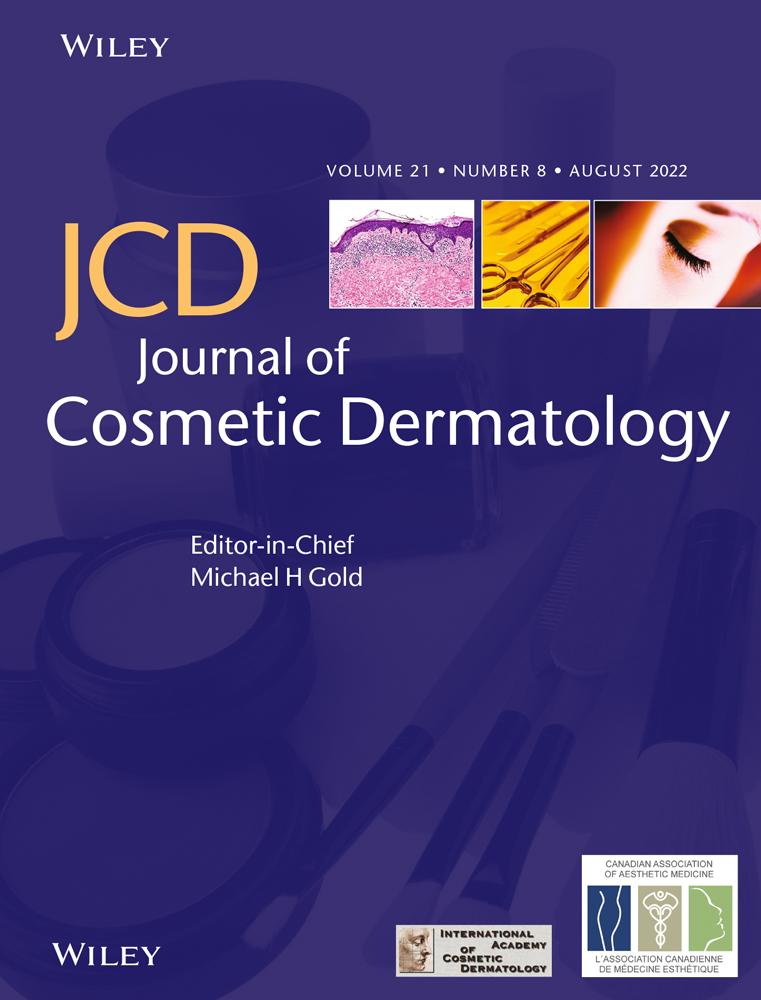Immunohistochemical expression of cornulin in lesional and perilesional skin of plaque psoriasis
Abstract
Background
Psoriasis is an immune-related disease with dermal inflammation and epidermal hyperplasia. Cornulin has a significant role in keratinocyte proliferation and stimulates inflammation in psoriasis.
Aim of the Work
This work aims to evaluate Cornulin expression values in lesional and perilesional psoriatic skin compared with the control group's skin through immunohistochemistry.
Methods
This case-control study included 30 cases with plaque psoriasis and another 30 as controls. Patient samples were collected, and immunohistochemical staining of Cornulin was conducted.
Results
In the epidermis, there was a stepwise pattern of significant Cornulin overexpression in keratinocytes starting from controls (34.00 ± 23.65) to lesional (62.59 ± 23.93) passing through perilesional skin (36.52 ± 18.49) (p < 0.001). Moreover, there was also a stepwise pattern of the significance of Cornulin starting from 4 in controls (13.3% for both) to 28 lesional cases (93.3%) and 18 (60.0%) passing through 17 perilesional skin cases (56.7%) and 5 (16.7%) (p < 0.001 for both) for inflammatory cells and adnexa, respectively. A significant relationship between lesional epidermal Cornulin's strong intensity and a higher H-score and both hyperkeratosis and parakeratosis was found (p = 0.008 for both intensity and 0.028 for both H-scores).
Conclusion
Cornulin might be implicated in keratinocyte hyperproliferation and inflammation in plaque psoriasis and may be valuable as therapeutic target.
CONFLICT OF INTEREST
None.
Open Research
DATA AVAILABILITY STATEMENT
The data that support the findings of this study are available from the corresponding author upon reasonable request.




